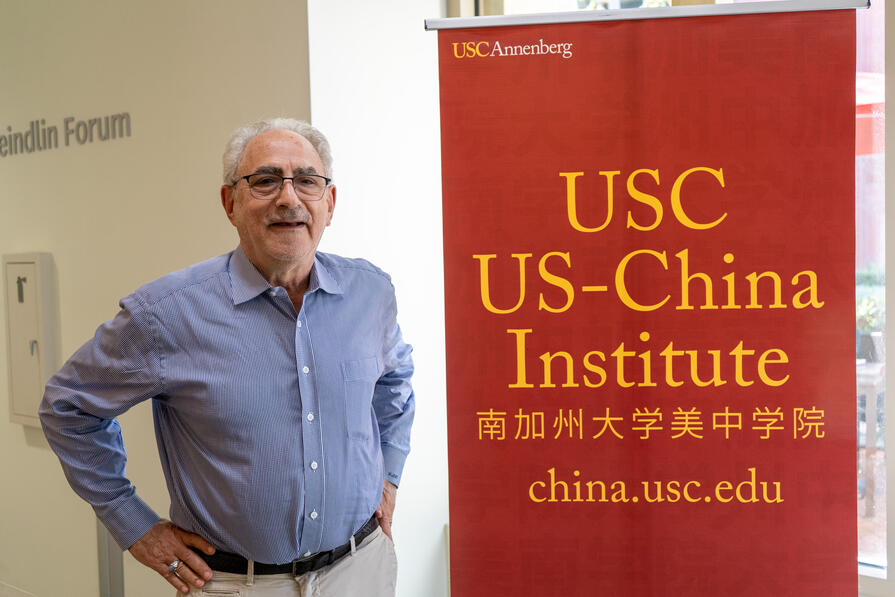Changki Kwon, Ph.D.
Abstract (Summary)
This study examines the spatial consequences embedded in rapid economic growth of East Asia in which the late industrialization and the role of developmental state were critical in fostering its remarkable post-war economic development.
The result of this comparative analysis, which mainly reviews spatial development in South Korea and Taiwan during 1960-90, reveals that the spatial consequences of both countries during the period of East Asian Miracle are more contingent upon political, economic, and social factors rather than specific spatial development policies. There is a critical difference in the spatial development of both countries: the polarized and unbalanced spatial development in South Korea; the balanced and dispersed spatial development in Taiwan.
This study suggests that the explanation for dissimilar spatial development between these two countries can be attributed to the two main dichotomies inherent in late industrialization: the organization of industrial production (Big Business versus Small and Medium-sized Enterprises) and the industrialization strategy (Big-Push versus Incremental).
Advisor: Banerjee, Tridib



